Guide To Getting Rid Of Age Spots
Age spots are areas of hyperpigmentation that appear on skin damaged by the sun's ultraviolet rays. They are also called liver spots, though they have nothing to do with the liver, or solar lentigines. Age spots are benign, but many individuals find them unattractive and want to be rid of them. They are found on parts of the body exposed to the sun, such as the backs of the hands and the tops of the feet, as well as the face, back, shoulders, and arms. They can be freckle-sized or unsightly blotches.
Some individuals have only a few age spots while others have many clusters of them. They are not necessarily a consequence of aging, though most develop after individuals turn forty years old. However, they are also seen on younger individuals. Thankfully, there are ways to treat age spots effectively.
Cryotherapy
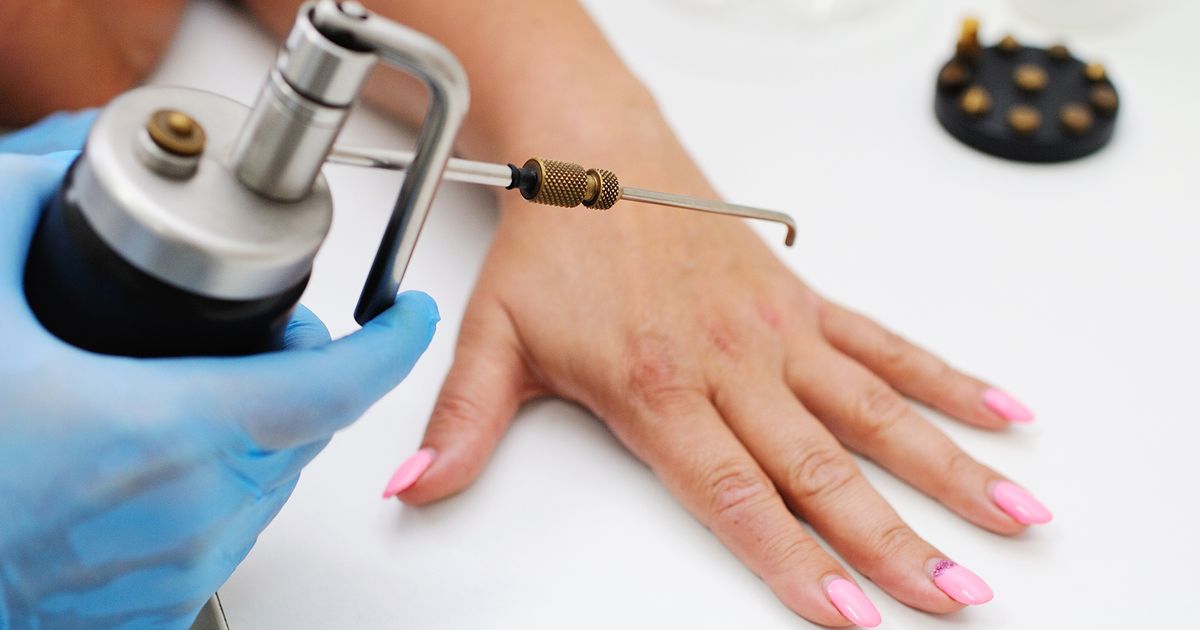
In cryotherapy, the doctor uses liquid nitrogen to destroy the extra pigment in the age spot. They simply dip a cotton swab in the liquid nitrogen, which is -320.44 degrees Fahrenheit, and apply it to the affected area. Though it is a simple procedure, the patient still needs to prepare for it and have a consultation with their doctor. Some patients have adverse reactions to such extreme cold, and they might be taking blood-thinning medications they will need to stop, at least temporarily, before their treatment. Some dermatologists also recommend for patients to take an antibiotic or painkiller before their treatment.
Intense Pulsed Light Therapy
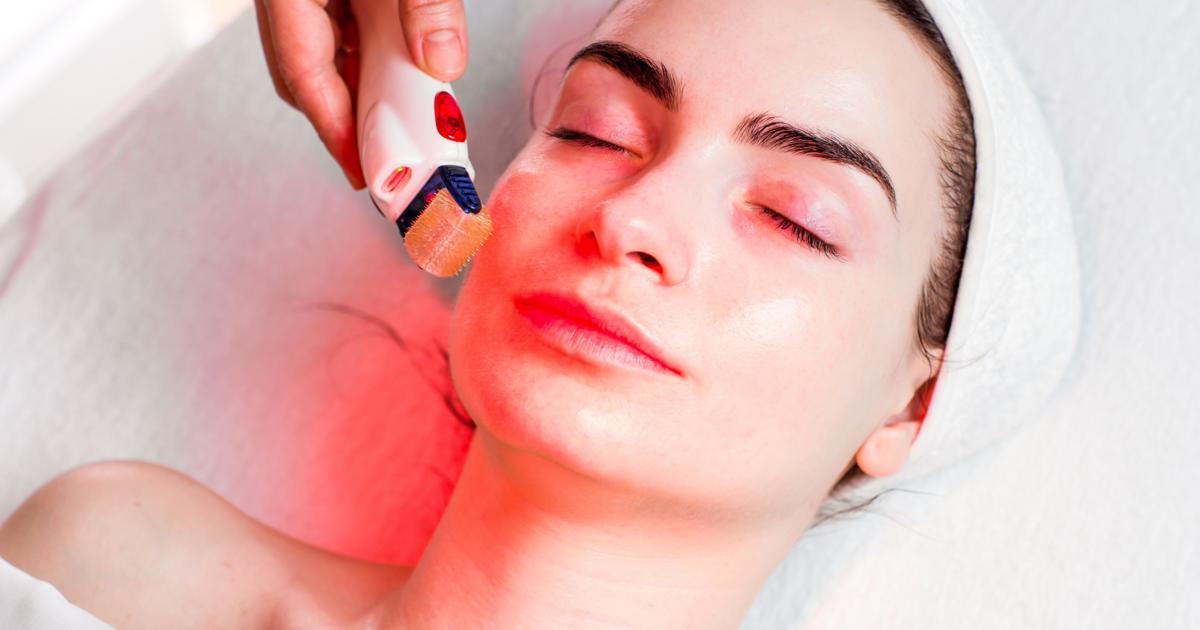
Intense pulsed light therapy uses intense beams of light to destroy the pigment in the affected area. The procedure is not painful, though nervous patients can have a topical numbing agent applied about an hour before the treatment. The treatment itself only lasts a few minutes. Like cryotherapy, intense pulsed light therapy is an outpatient procedure. There will be some redness in the treated area for about two or three hours after the treatment, and for the first day or so the age spots actually start to darken. However, after two weeks they fade or even fall off. They do not return, though other age spots can arise after sun exposure. Dermatologists recommend for patients to avoid direct sunlight for a few days after undergoing intense pulsed light therapy and wear sunscreen if they must go outside.
Certain Medicated Creams
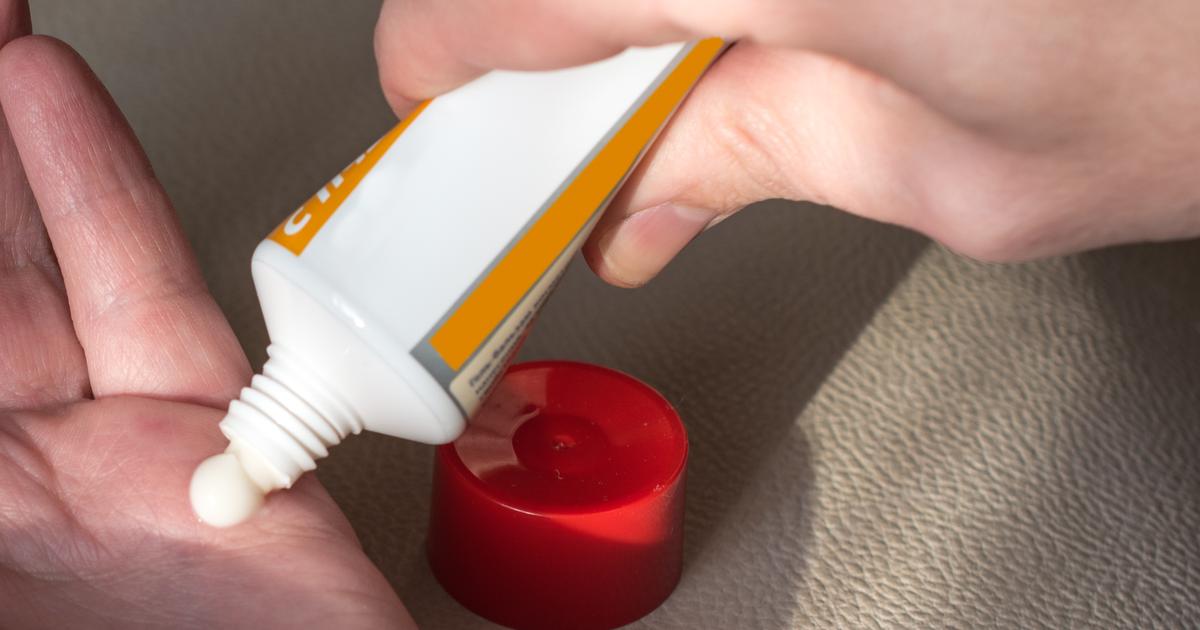
Age spots can be faded over time with certain medicated creams. These creams include chemicals such as retinoids, cortisone, and hydroquinone. Retinoids are medications derived from vitamin A. Cortisone cream is a type of steroid cream usually used for skin inflammation and should not be used for long periods because it can thin the skin. Though they can be bought over-the-counter, dermatologists can prescribe them in varying strengths.
Hydroquinone cream prevents the skin from producing too much melanin, the pigment that gives age spots their color. Like cortisone creams, they can be bought over-the-counter or prescribed by the dermatologist and should not be used for a long period. Some of these creams should not be used on the face, and the patient should follow their doctor's instructions when using them.
Microdermabrasion
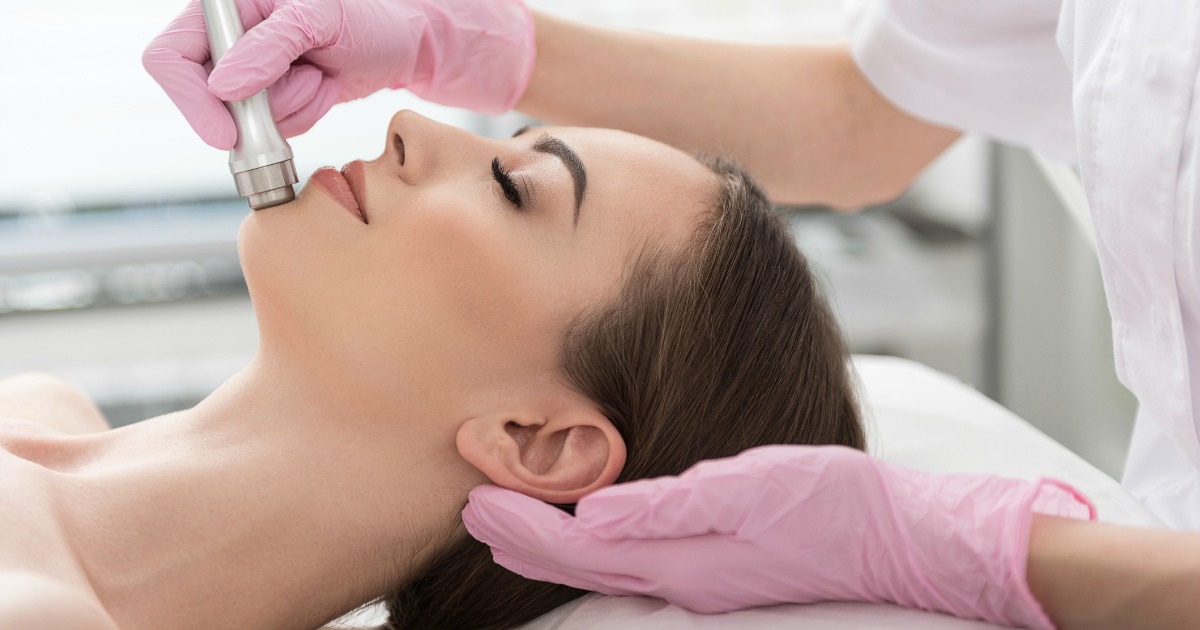
With microdermabrasion, age spots are abraded away by a stream of crystals of aluminum oxide delivered through a wand operated by the dermatologist or aesthetician. This stream of crystals exfoliates the skin, which means it takes away the dry skin cells at the very top of the skin. At the same time, a vacuum cannula takes away these dead cells and the residue left by the crystals. Other dermatologists use a wand fitted with a diamond tip, while others use a stream of water and air to exfoliate the skin.
The procedure not only removes the upper layer of cells but stimulates the body to produce fresh cells, which causes the darker age spots to fade over time. After the session, the dermatologist applies sunscreen or moisturizer to the patient's face. As with the other mentioned treatments, microdermabrasion is an outpatient procedure, and patients can go home after the session.
Chemical Peels
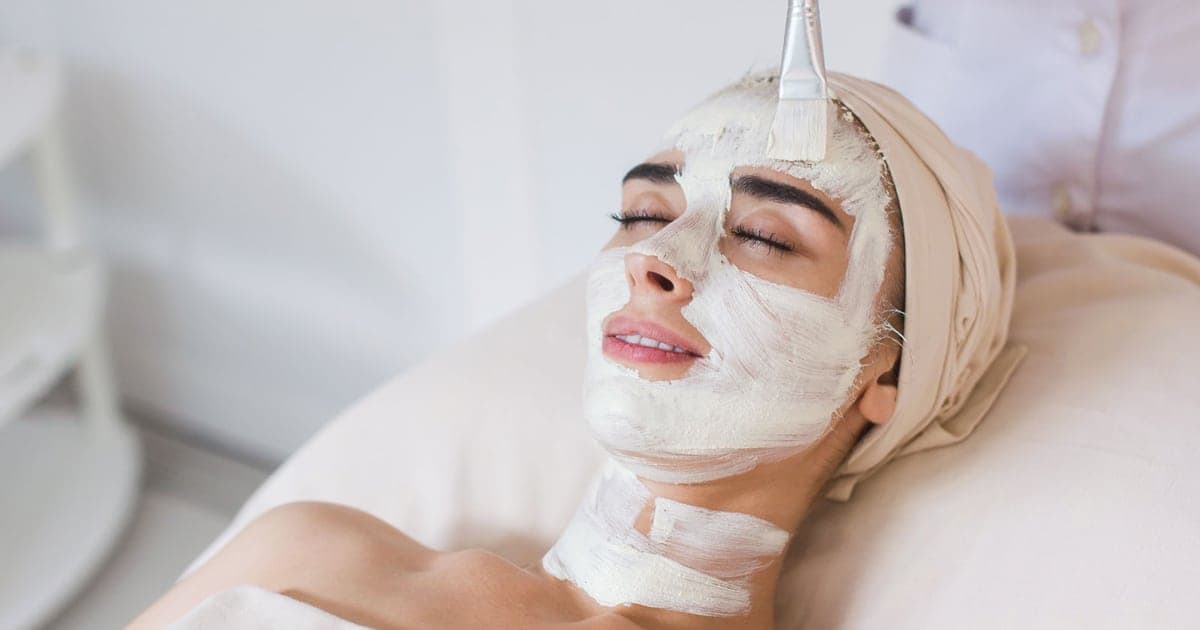
Chemical peels are also utilized to soften the look of age spots. During a chemical peel session, a dermatologist or skin care specialist 'paints' the patient's skin with fruit acids and other solutions. As with microdermabrasion, this exfoliates the skin. However, moderate and deep chemical peels generally go much deeper than microdermabrasion, which is comparatively gentle. A deep chemical peel, which uses Baker's phenol, penetrates down to the dermis and destroys melanin. This puts paid to age spots or any other area of uneven pigmentation and is a reason why a deep peel is not recommended for individuals with dark skin. It also requires the patient to be placed under general anesthesia. Some patients with age spots find some improvement with a light peel, which uses sugar cane-based glycolic acid and is an outpatient procedure.